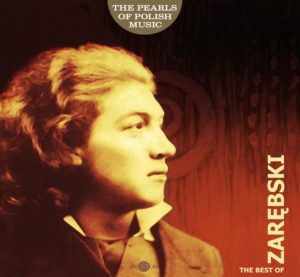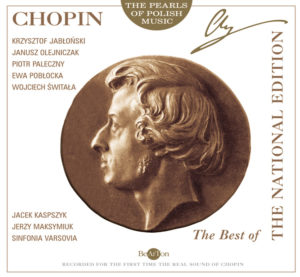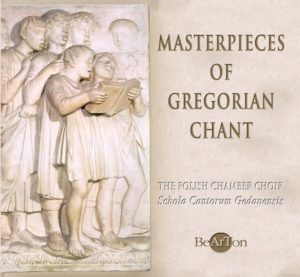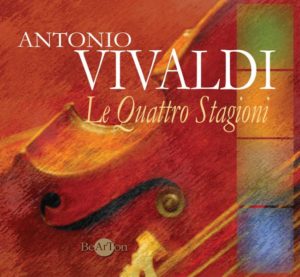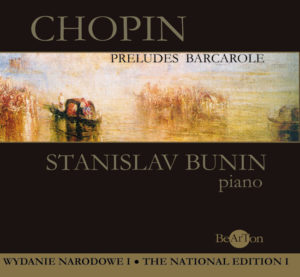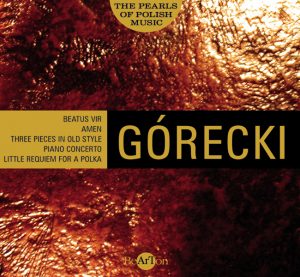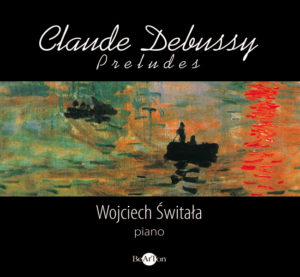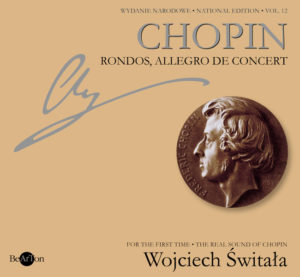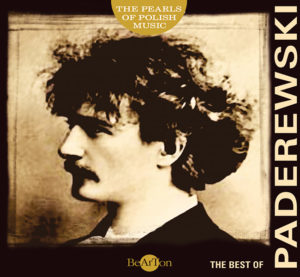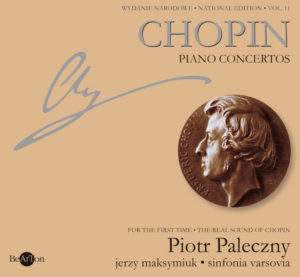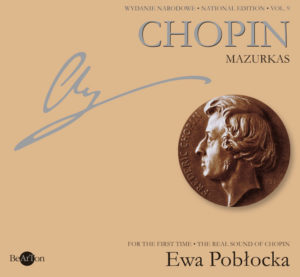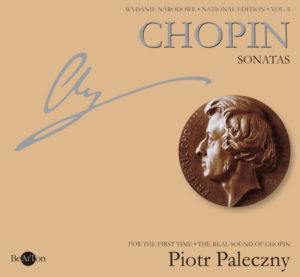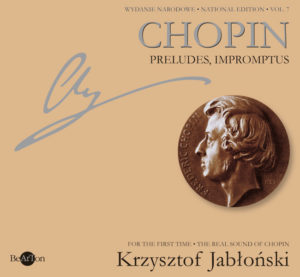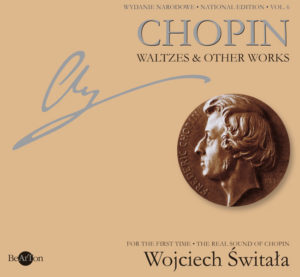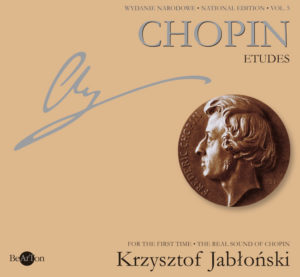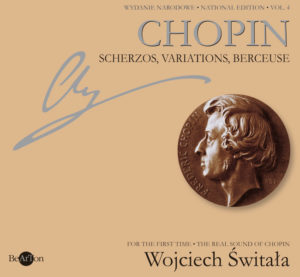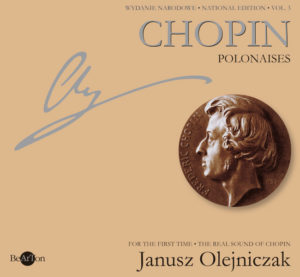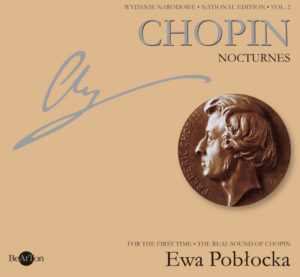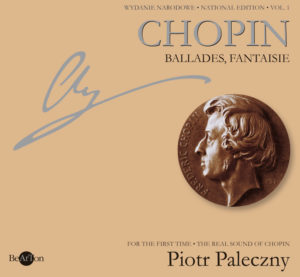Chopin – Scherzos, Variations, Berceuse
Chopin – Scherzos, Variations, Berceuse
Cat. No. CDB006 -1944306
Music disc: CD-AUDIO
Performer:
Wojciech Świtała – fortepian
CD content:
Scherzo in B minor op.20 – 9’35”
Scherzo in B flat minor op.31 – 9’56”
Scherzo in C sharp minor op. 39 – 7’34”
Scherzo in E major op.54 – 11’21”
Variations Brillantes in D major op.12 – 7’25”
Berceuse in D flat major op.57 – 4’59”
Total time – 51’40”
Prizes:
Listen a part
42.99złAdd to basket
© ℗ 1997 Bearton
Scherzos,Variations
In December, 1830, Chopin spent the Christmas Eve in Vienna, for the first time away from home. It was probably during this special day, on the Christmas midnight mass in Viennese St. Stephen Cathedral, that the idea of Scherzo in B-minor, and its quotation from the most beautiful Polish carol Lulajże Jezuniu (Sleep my Child), originated. Due to its sound shape and expressiveness, the first Chopin’s scherzo is different from the composer’s previous work. Being the result of searching of new forms to express romantic essence, it is at the same time meaningful augury of new Chopin style. It is characteristic that its shape crystallised on the basis of scherzo, which is a part of Beethoven sonata cycle. Narrative freedom of Beethoven pattern, contrasts of rhythm, harmonics, and thematic material, elements of humour and peculiar playfulness, sarcasm and sneer, but also the tragic, were the inspiration for Chopin to create the new shape of the wholly individual composition and its subtle expressive design. In what shall gravity be adorned, if joke wears dark veils? commented Schuman upon Scherzo in B-minor. Each of Chopin scherzos has its own shade of expression and its own form variation. They are filled with the peculiar expression, though composed in the form of da capo, in which full of movement, restless first and last parts contrast with the middle part. The form is exemplified in the carol mentioned above (Scherzo in B-minor), group of themes with rhythms of Italian siciliana and waltz (Scherzo in B flat-minor), philosophical chorale in Waldesian Scherzo in C sharp-minor, as well as ecstatic and lyrical song in Scherzo in E-major. The three-part construction is only significant presence of the characteristics of this original form. Usage of rondo technique (especially in Scherzo in B-minor) significant presence of an element of transformation, sonata antithetical themes and their metamorphoses lead to the perception of each of the scherzos as the synthesis of full sanata cykle, with the middle part being the equivalent of adagio. This peculiar form of Chopin scherzo, being the climax in the history of this form, became the inspiration for numerous subsequent composers, such as Bruckner and Mahler.
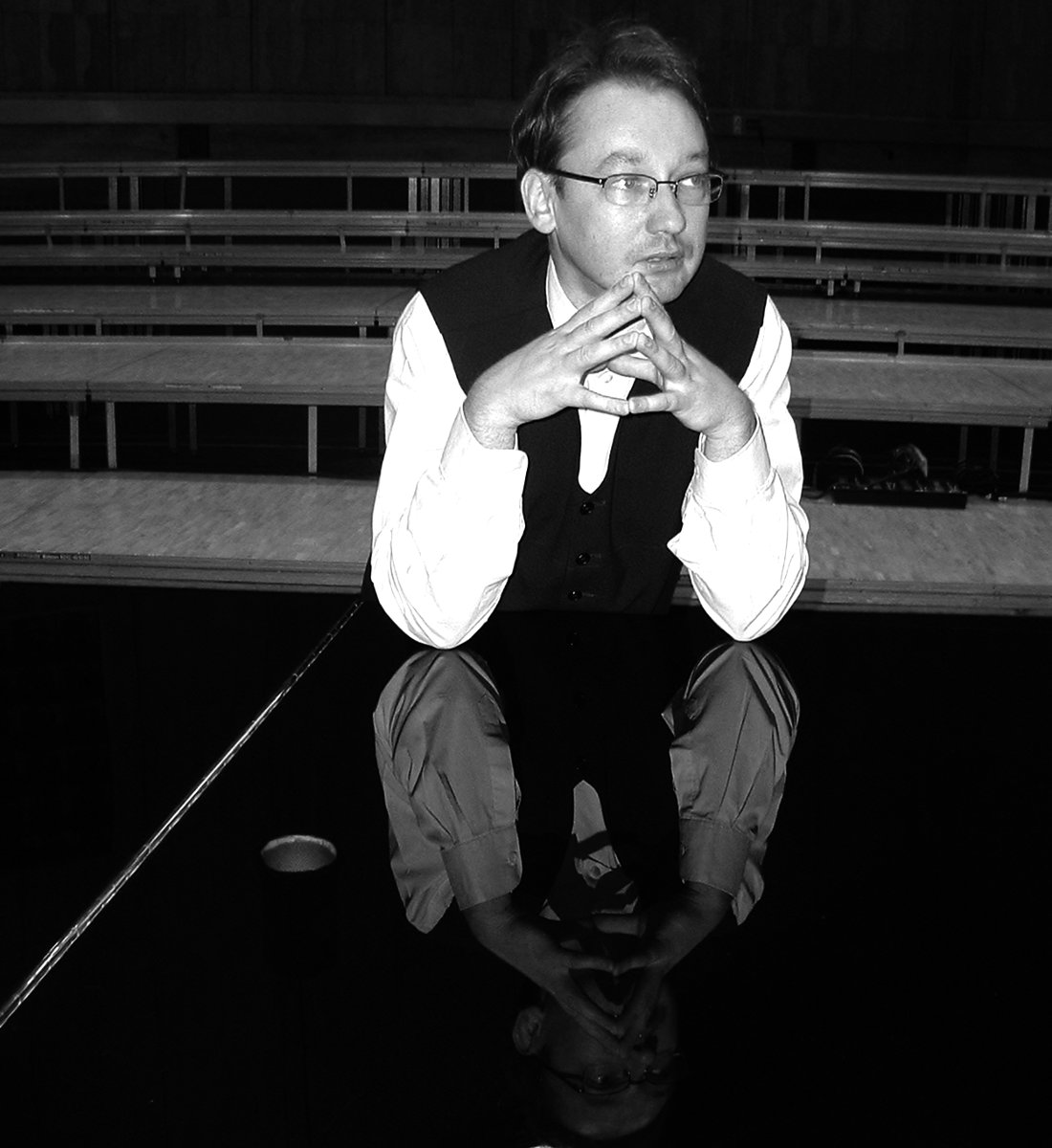
Wojciech Świtała
Variations Brillantes from the Op. 12, registered in this album, are based on the theme of rondo from the opera Ludovic by Hérold and Halévy. They are written along with canons of Parisian style brillante, and represent the classical variation. Separate character of this form is defined by nocturnal lento and scherzo’s finale. Its construction consists of loosely composed introduction, exposition of the theme, and four variations; the foreground is occupied by the virtuosi element. In time Chopin developed this traditional pattern of variational shape into continous and integranted form. The composer achieved its ideal shape in Berceuse in D flat-major from Op. 57 (theme and sixteen variations). This work, often called a nocturne, is the most meaningful, if not clear, example of characteristic aesthetic attitude, which very often appears in Chopin output. This attitude consists in the use of intentional monotony, and static sound system, in order to provide an opportunity to contemplate the sound and its colour. Such a contemplation is to put a hearer into a sphere of hypnotic trance, meditation, or drowsiness. The one-pitch monotonous accompaniment is the background for the scheme of changing figures and patterns, being one of the greatest examples of Chopin invention as far as the ornamental variation is concerned. Ornamental means is transformed into colouristic values within extraordinarily subtle and exquisite facture. The facture of Berceuse’s movement without motion, indicating impressionistic planes of harmonic colour, is continued by numerous composers, such as Liszt, Debussy, Ravel and Strawiński.
Marek Wieroński
Translation: Joanna Janecka
Reviews
Jego interpretacje (Wojciecha Świtały) zachwycają klarownością, blaskiem i bardzo przemyślanymi proporcjami – agogicznymi i dynamicznymi.
Świtała gra bardzo indywidualnie, osobiście. To pianistyka, by tak rzec, zdecydowana i mocna. Wykonanie Scherza h-moll jest pełne blasku i czysto instrumentalnej wirtuozerii – w najlepszym tego słowa znaczeniu.
Jego interpretacje (Wojciecha Świtały) zachwycają klarownością, blaskU Wojciecha Świtały fascynuje kontrola nad prowadzeniem kantyleny i partiami wirtuozowskimi wykonywanymi z niesłychaną lekkością.iem i bardzo przemyślanymi proporcjami – agogicznymi i dynamicznymi.


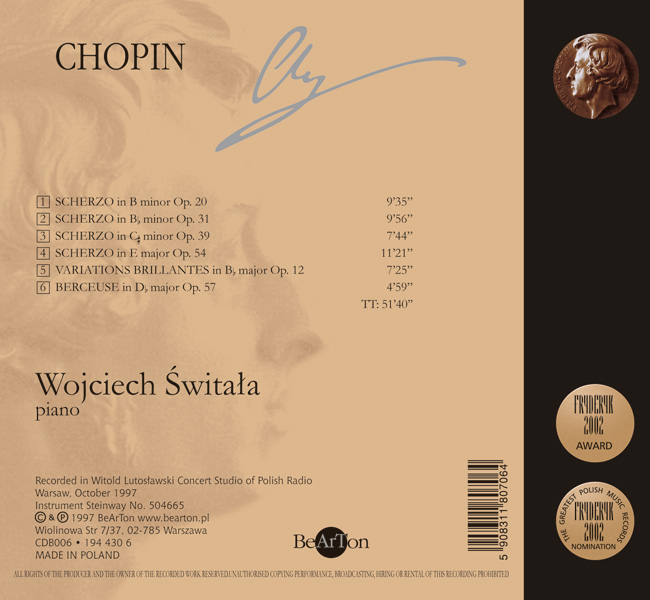



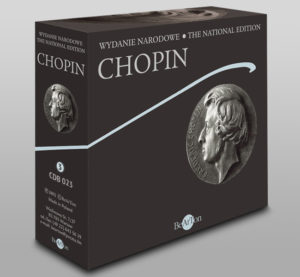
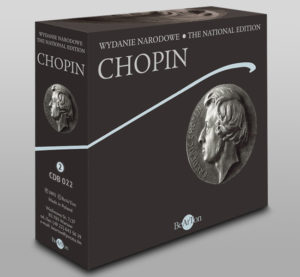
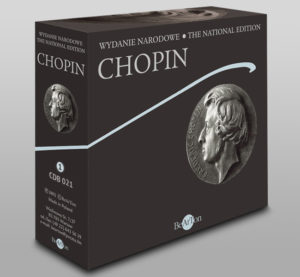


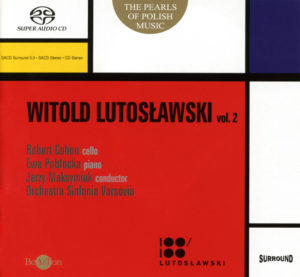
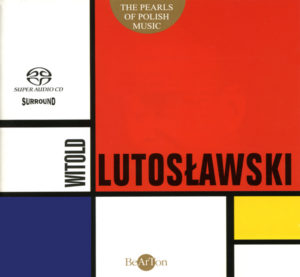
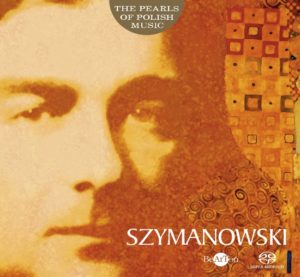
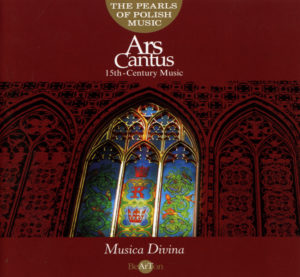
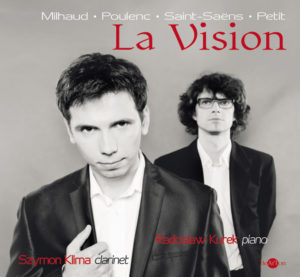
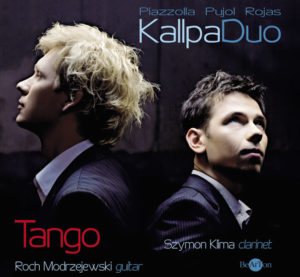
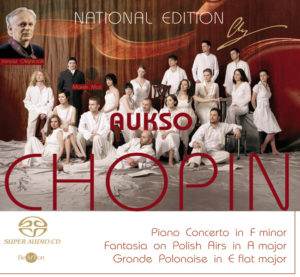
![Chopin – Walce [B] i inne utwory CDB047](https://www.bearton.pl/wp-content/uploads/Chopin-Walce-B-i-inne-utwory-CDB047-A-300x277.jpg)
![Chopin – Pieśni [B] CDB046](https://www.bearton.pl/wp-content/uploads/Chopin-Piesni-CDB046-A-300x277.jpg)
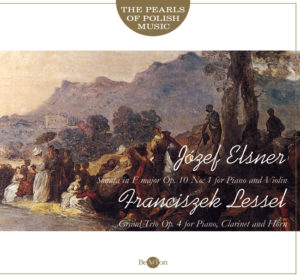

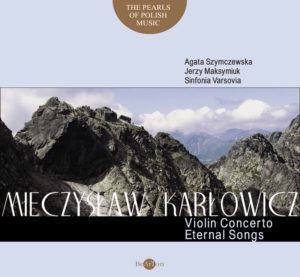
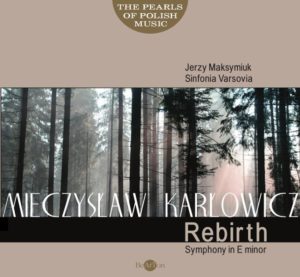
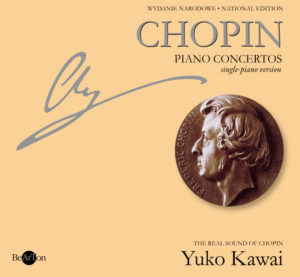
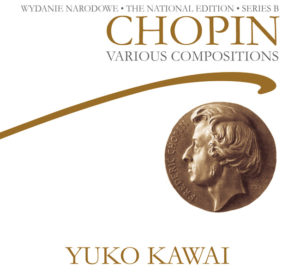

![Chopin - Mazurki i inne utwory [B] CDB038](https://www.bearton.pl/wp-content/uploads/Chopin-Mazurki-i-inne-utwory-B-CDB038-A-300x277.jpg)
![Chopin – Polonezy [B] CDB037](https://www.bearton.pl/wp-content/uploads/Chopin-Polonezy-B-CDB037-A-300x277.jpg)
